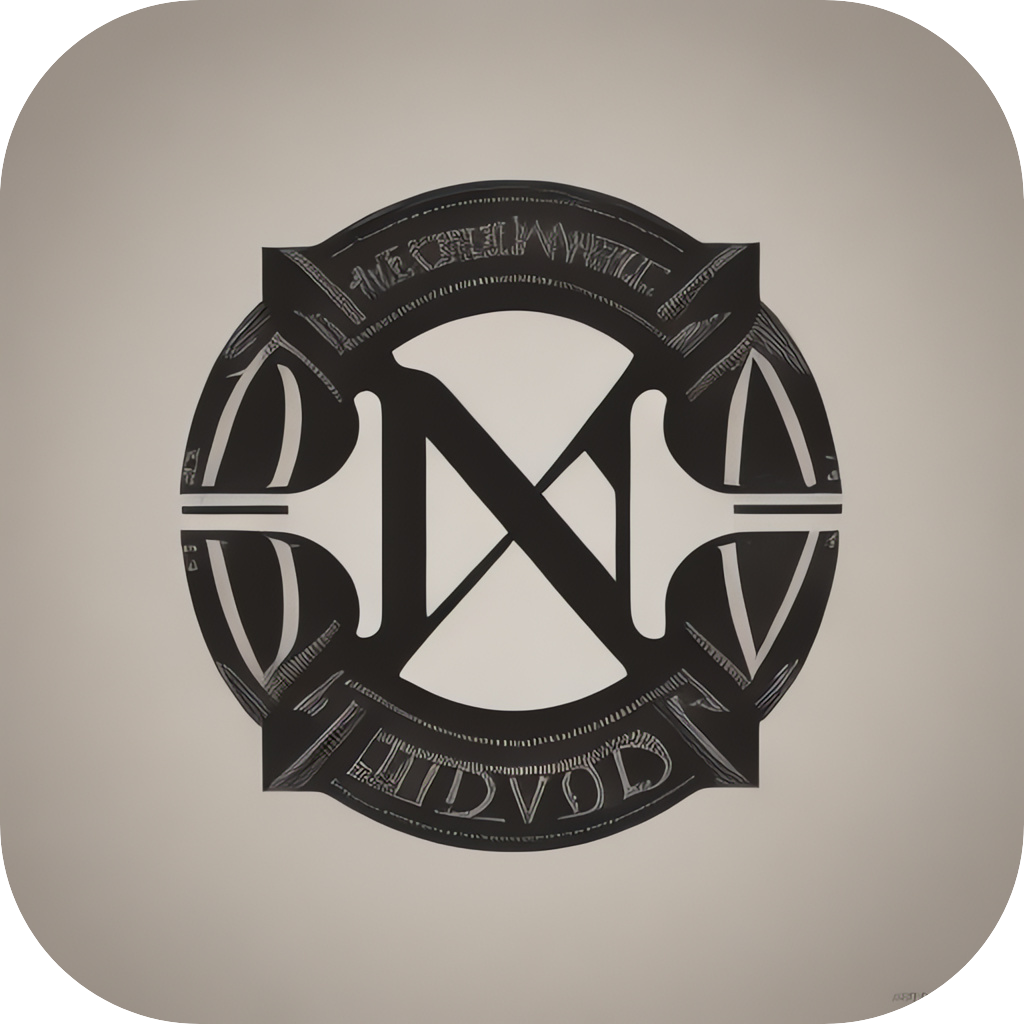In the vast ocean of digital information and text-based content, Mastering Markdown is a crucial skill for anyone desiring not only efficient productivity, but also an elegant articulation in the digital medium. This comprehensive guide navigates through the nuances of Markdown, a plain text formatting language that supports multiple platforms for creating documents, emails, message boards, and more. The ultimate aim is to enhance your note-taking, document management, and overall digital literacy through a tool as powerful as Markdown.
### 1. Understanding Markdown Syntax
At the heart of Markdown lies its simple, yet versatile syntax. For those just starting their journey, recognizing the function of basic elements is key:
– **Text Formatting**: `**Bold Text**`, `*Italic Text*`, and `~~strike-through~~` each serve to highlight elements within your document.
– **Headings**: By including a hash (`#`) followed by a space and text, you create headings ranging from H1 to H6. For example, `## This is a Subheading`, allowing for clear structuring of content.
– **Lists**: Whether you require a bulleted list (`- Item`) or numbered lists `(1. Item)`, these elements ensure that your text is organized and easy to digest.
### 2. Leveraging Advanced Features
Mastering Markdown goes beyond basic syntax. To truly harness its potential:
– **Blockquotes**: Introduced with `>` at the beginning of a line, blockquotes serve to distinguish and give emphasis to specific quotes or statements.
– **Images**: Incorporating images seamlessly using the syntax ``, enhances the visual appeal and clarity of your text.
– **Inline Links**: To make your document more interactive and informative, you can use inline links through `[(Text)](URL)`, which is particularly handy for referencing sources or directing readers to relevant web pages.
### 3. Automating Your Workflow
To elevate your efficiency, employ tools and software that support Markdown. From web-based editors like GitHub-flavored Markdown for collaborative document management, to dedicated apps for quick notes that sync across devices, these tools optimize your workflow.
– **Version Control**: Tools like Git are invaluable in a Markdown-centric workflow. They not only help in tracking changes but also in managing versions of your documents effectively.
– **Automated Conversions**: Some software, for instance, can automatically convert Markdown to PDFs, HTML, or Word documents, streamlining distribution and presentation.
### 4. Mastering with Practice
Practice makes perfect, right? To truly master Markdown:
– **Regular Edit and Review**: Regularly update your documents to include new information and remove outdated content. This practice keeps your documents current and relevant.
– **Share and Seek Feedback**: Sharing your Markdown files with others can provide valuable feedback and insights that might help you discover more powerful ways of organizing or presenting your ideas.
– **Learn from Examples**: Study and replicate the structures of professional documents you admire. This exposure can significantly advance your understanding and application of Markdown.
### 5. Conclusion
Mastering Markdown is not just about learning the syntax; it’s about understanding its power in enhancing clarity, structure, and communication. By incorporating the tips and techniques outlined in this comprehensive guide, you can significantly improve your digital note-taking, document management, and overall digital literacy. As you progress, you’ll find Markdown to be a flexible and indispensable tool in your arsenal of digital skills.
